Tips for using the Safari download manager on iPhone, iPad
Apple introduced Safari download manager on iOS 13 as well as iPadOS. This new feature incorporates other interesting implementations such as native support for desktop mode that makes people more excited.
Previously, you could still save certain files in Safri. However, the introduction of this download manager makes everything easier and more convenient. Here are some tips for using this download manager so you can master this tool.
Tips for using the Safari download manager
- 1. Download the file with the download manager
- 2. Pause the download
- 3. Download the linked file
- 4. Delete the download list
- 5. Transfer download location
- 6. Open the download location
- 7. File drag and drop feature (iPadOS only)
1. Download the file with the download manager
Any download on Safari is transferred to the download manager, and then does the job even if you close the tab or exit Safari.
When you touch the download link, you will receive a confirmation message. Touch Download and you will see the Safari manager icon appear to the right of the address bar.
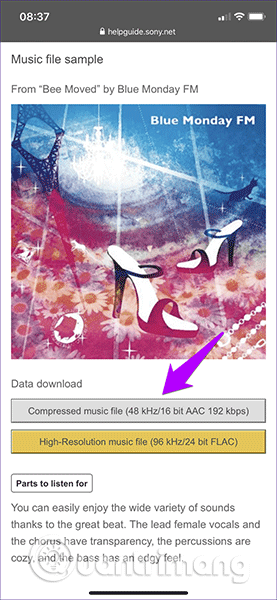
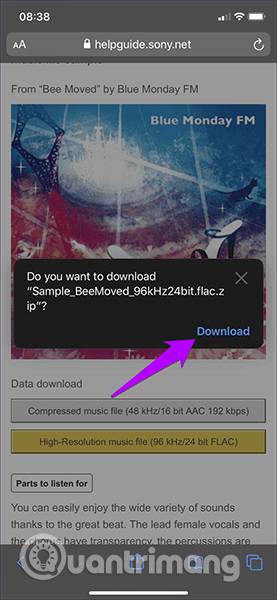
The progress bar will display the loading progress. You can also touch the download manager icon to open the Downloads list, displaying other information such as the file download size.
Note: You can stack multiple downloads from multiple tabs. The Downloads list will allow you to track them all.
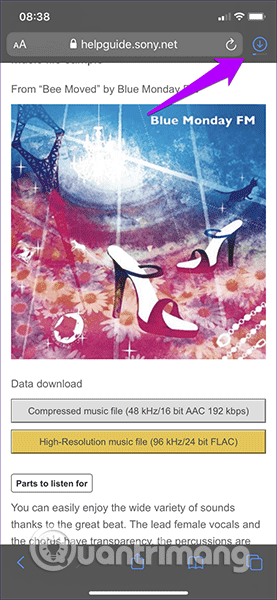
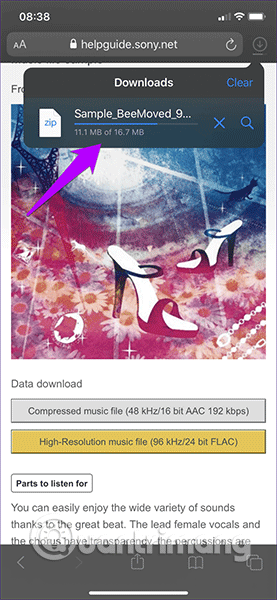
Once the download is complete, you can preview the file right in Safari. Touch the file in the list and it will open in the corresponding program as long as it is in a supported format (images, documents, etc.). Otherwise, you will be prompted to select the application to open the file.
2. Pause the download
When the Internet connection is poor and the file download is quite large, it can make things slower. Thankfully, you can stop the download and continue later.
Open the Downloads list and tap the x-shaped icon next to the download file you want to stop. Then if you want to continue, simply touch the circle icon.
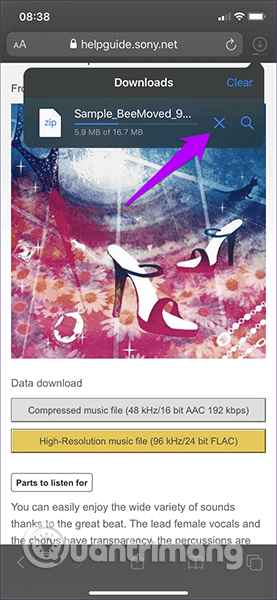
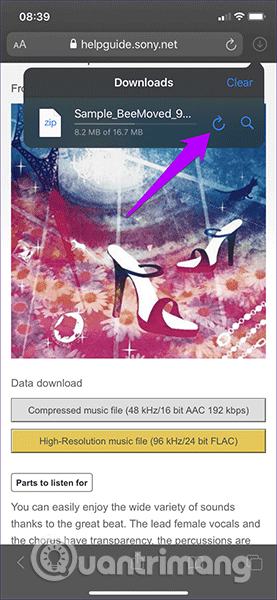
Note: If the file you download uses a time link, you may not continue the download process (if paused) after a certain time.
In addition to stopping and continuing to download, you can also delete a download if you accidentally clicked it before completing the process.
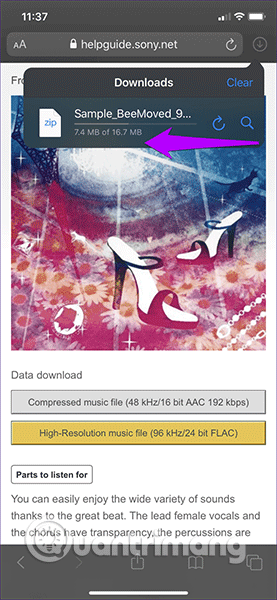
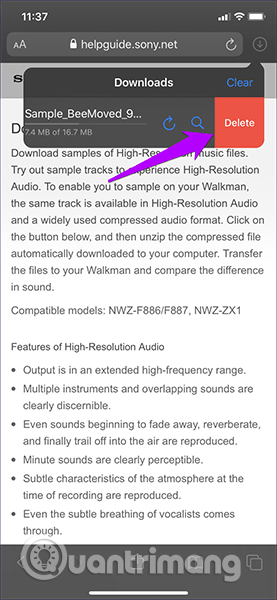
To do that, first, you need to stop loading, then swipe it from the right to the left and touch Delete .
3. Download the linked file
If there is a link to the PDF file you can open in the browser, instead of opening the PDF file and using Share Sheet to save manually, there is a more convenient way to do it. Just press and hold the link to the PDF file, then touch the Download Linked File option on the context menu to download it using the download manager.
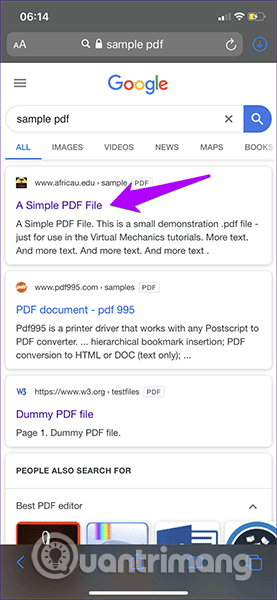
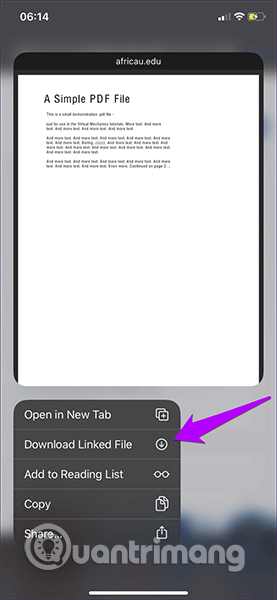
You can do the same on all links whether it is linked to a file or not. However, doing this with random links will load the web page's HTML file. Of course, you can open and view it without an Internet connection.
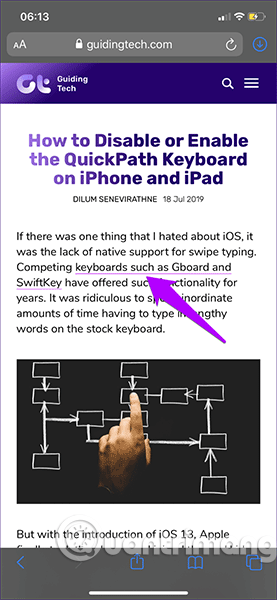
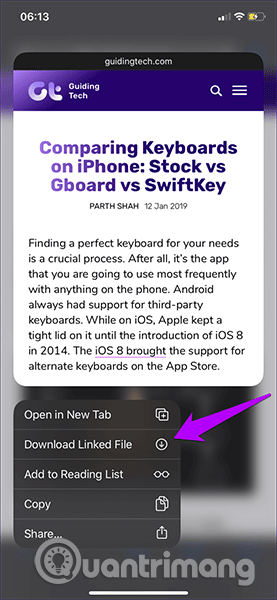
Why download pages while you can add them to Reading List (options are on the same context menu)? This only proves that Safari's download manager is really flexible.
4. Delete the download list
Your Downloads List is full? Touch the Clear icon at the top of the list to delete the whole or just swipe each item to the left, then touch Delete .
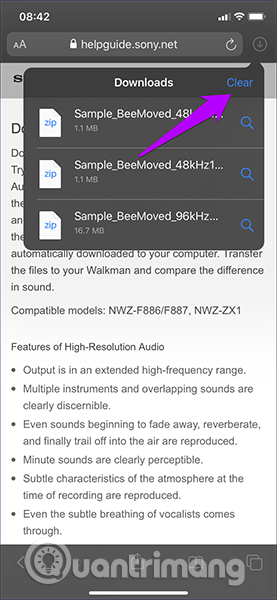
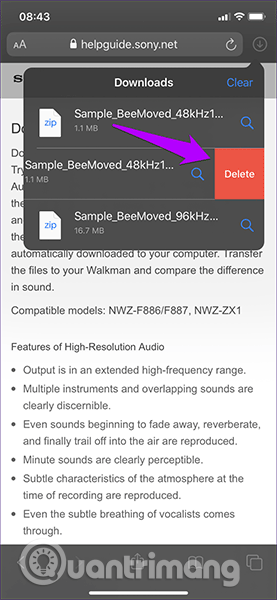
In addition, you can configure Safari to delete the automatic download list. However, you need to access the Settings application to do this.
Step 1 . Open the Settings app, scroll down and touch Safari . On the next screen, tap Downloads .
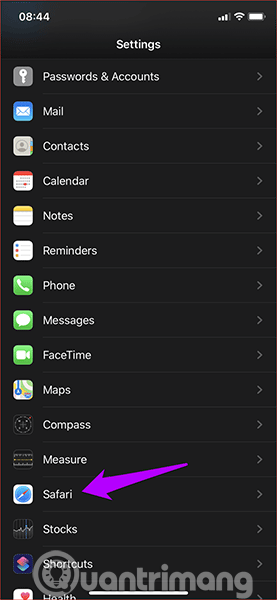
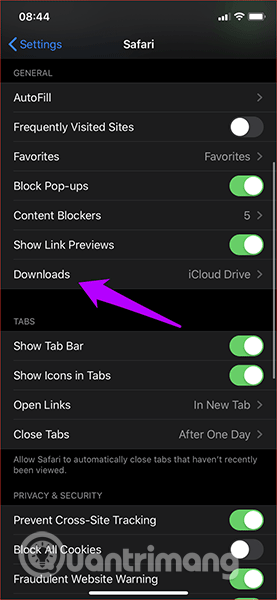
Step 2 . Touch Remove Download List Items . On the next screen, select After One Day or Upon Successful Download .
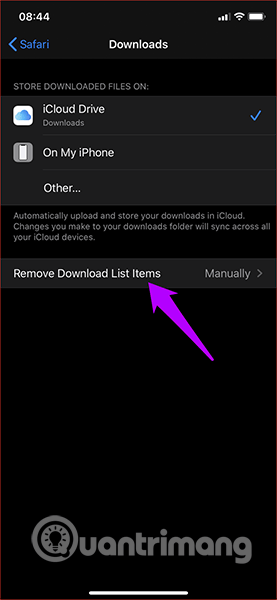
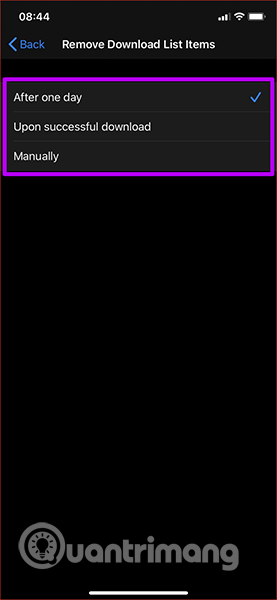
Safari download manager will delete the Downloads list automatically every day or immediately after downloading.
5. Transfer download location
By default, Safari's download manager saves your files to the Downloads folder in iCloud Drive. However, you can switch to another location or use the local memory easily.
To do this, go to the Safari Downloads screen ( Settings app> Safari> Downloads ). You can touch Other to select another saved location in iCloud Drive or touch On My iPhone / iPad to download manager using local memory on iPhone or iPad.
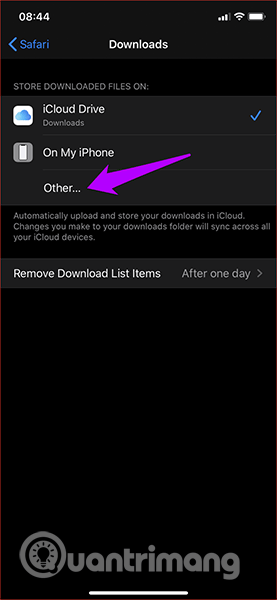
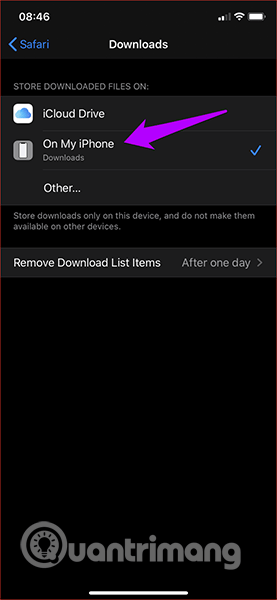
In addition, you can also set up a third-party cloud storage service that serves as a download location.
6. Open the download location
Touching the download item in the Downloads list will open it in preview mode. But if you need to perform file management, you need to save it. Instead of opening the Files application to determine the download location manually, simply press the magnifying glass icon next to the downloaded item in the list to get to the download location.
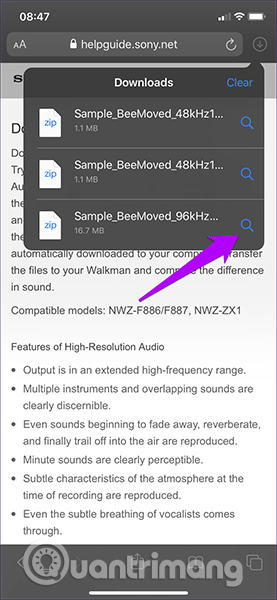
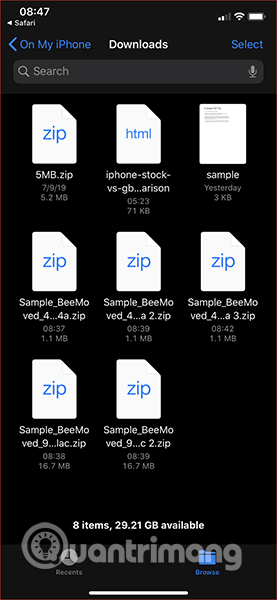
After managing the files, you can return to using the browser easily by clicking the Safari label on the upper left corner of the screen.
7. File drag and drop feature (iPadOS only)
If you're on the iPad, you can also drag and drop items from the Downloads list to another application quite easily. First, split the screen on the iPad. Next, open the Downloads list and drag and drop the file.
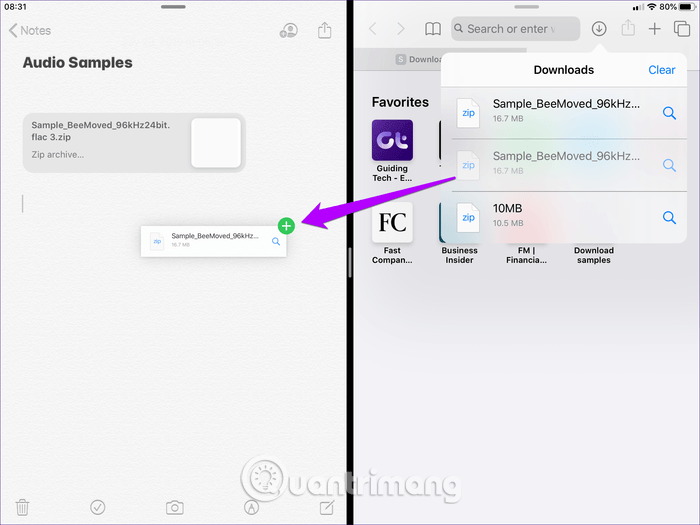
Safari's download manager is one of Apple's major improvements for a long time. Hope these tips will help you master this tool.
 How to focus on playing sounds on the open Chrome tab
How to focus on playing sounds on the open Chrome tab How to print web pages without ads
How to print web pages without ads How to bookmark multiple tabs open in Safari on iPhone, iPad
How to bookmark multiple tabs open in Safari on iPhone, iPad How to clear browsing data on Chrome
How to clear browsing data on Chrome How to manage YouTube on every Edge Chromium tab
How to manage YouTube on every Edge Chromium tab How to adjust the scroll bar on Chrome
How to adjust the scroll bar on Chrome